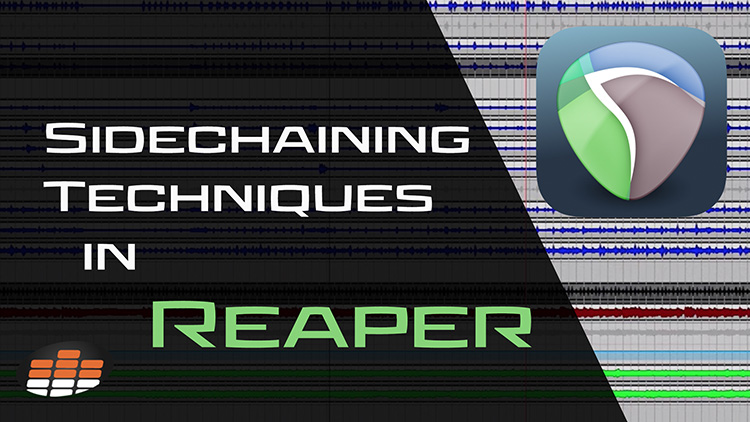Adam Steel runs the Hop Pole Recording Studio in Greater Manchester, England. He and his team are dedicated to combining modern production with classic principles in order for artists to create their own ‘modern classic’ recordings with efficiency and ease. Hop Pole’s style means artists can create in the most relaxed and efficient way possible, making their experience everything they want it to be.
Adam also runs the ever-growing Hop Pole YouTube channel where he offers gear reviews, mixing/mastering tutorials, Mac vs PC and tech talk, and of course — Reaper tutorials!
In this excerpt from his Ultimate Reaper Course — a 9-hour, ultra-comprehensive look inside Reaper — Adam demonstrates how to use sidechain compression. This is a common technique used to ‘duck’ instruments out of each other’s way by triggering a compressor using a different signal.
In other words, you can turn down the volume of the bass guitar every time the kick drum hits by using sidechain compression. You insert a compressor on the track you want ‘ducked,’ and trigger that compressor by setting its sidechain, or ‘key’ input, to the kick drum!
The only requirement is that your compressor has a sidechain input, as not all of them do. Reaper’s stock ReaComp conveniently allows for sidechaining via 4 possible inputs, as Adam explains in detail. You can click on the I/O section of ReaComp which opens a small window where you’ll be able to activate inputs 3 & 4 via a “+” sign. He’s placed ReaComp on the bass guitar to sidechain it to the kick drum.
The goal is to feed the kick drum signal to the compressor on the bass guitar. To do this, simply open up the kick drum’s routing options via the Route button next to the channel fader. Next, click Add New Send and choose the bass track from a list of all the tracks in your mix. The following step is to route this new send to channels 3 & 4 on ReaComp’s inputs.
Finally, you will have to open ReaComp on the bass and change it’s Detector Input to Auxiliary Input L + R. Now the compressor will be listening and reacting to the kick drum instead of the bass, even though the compressor itself is on the bass channel.
Check out Adam Steel’s go-to sidechain techniques, including sidechain noise gating, below!





